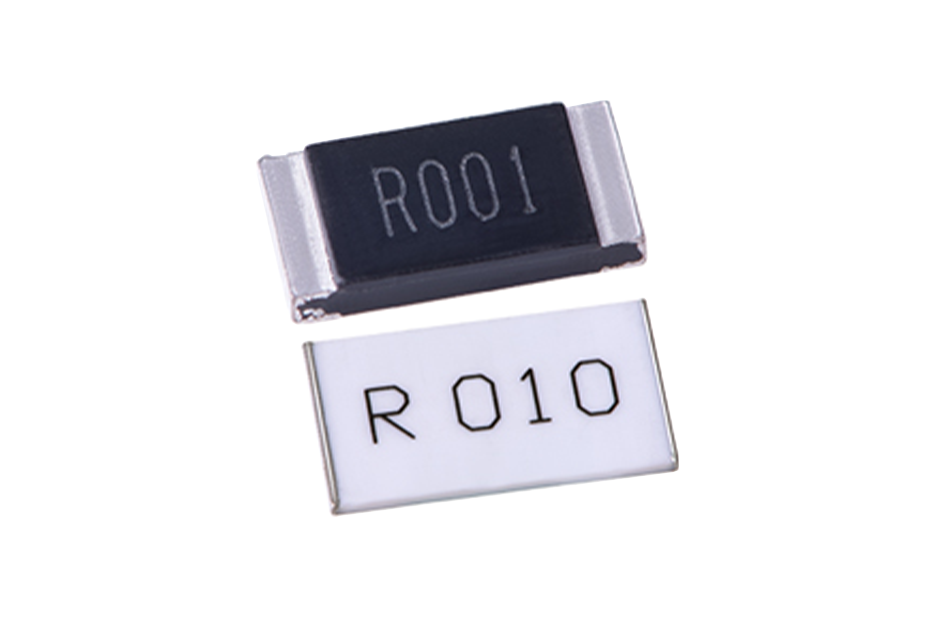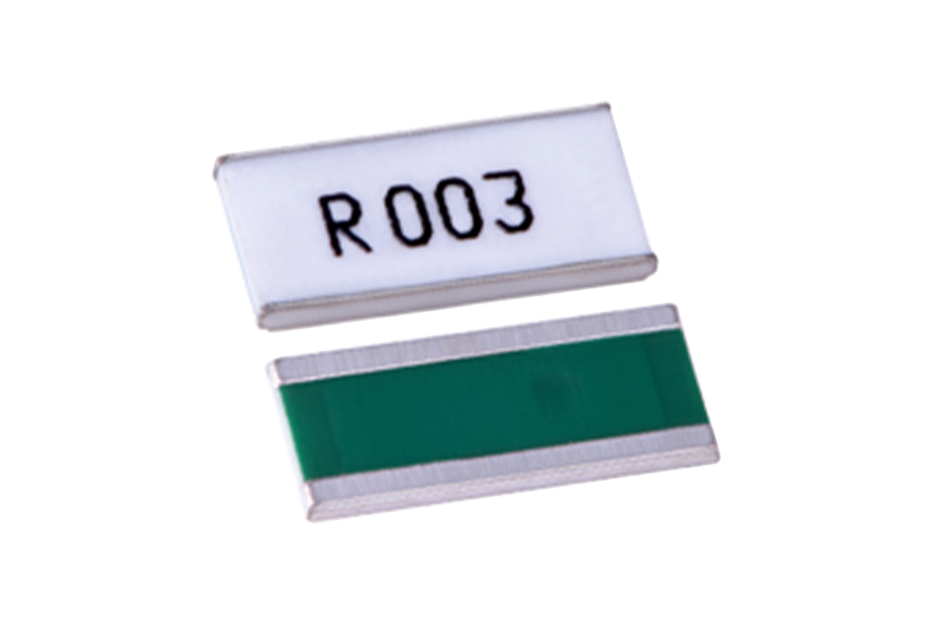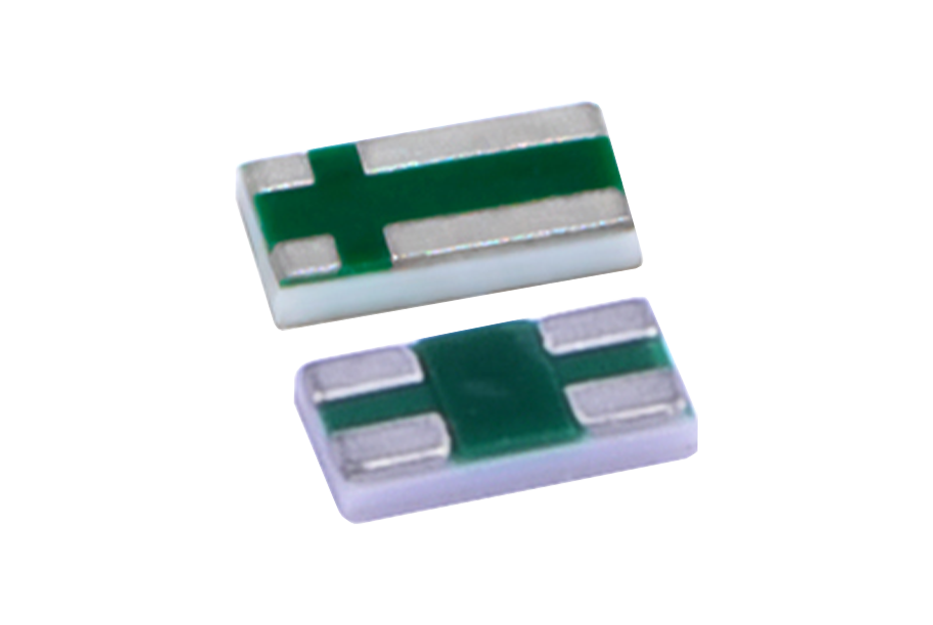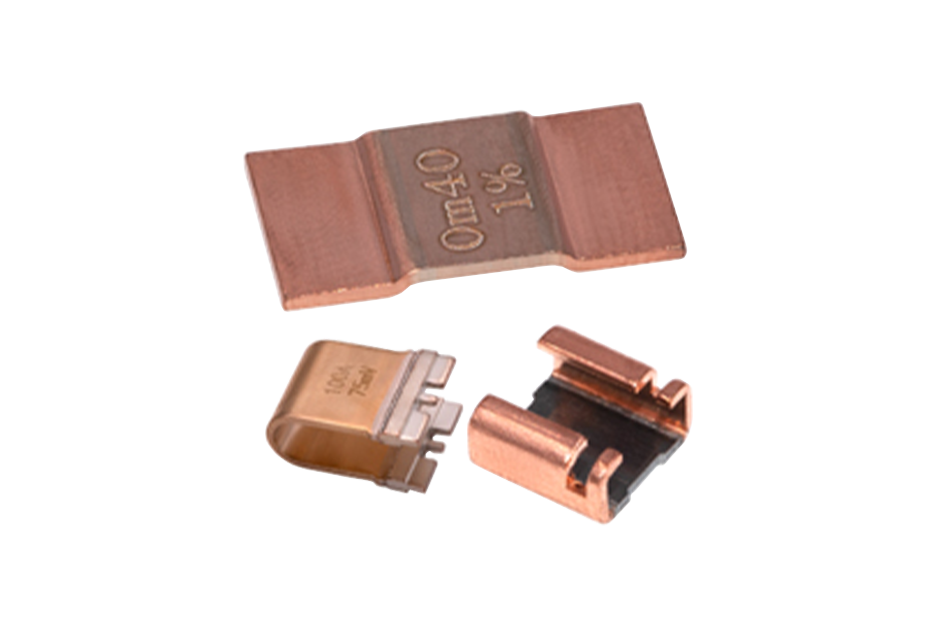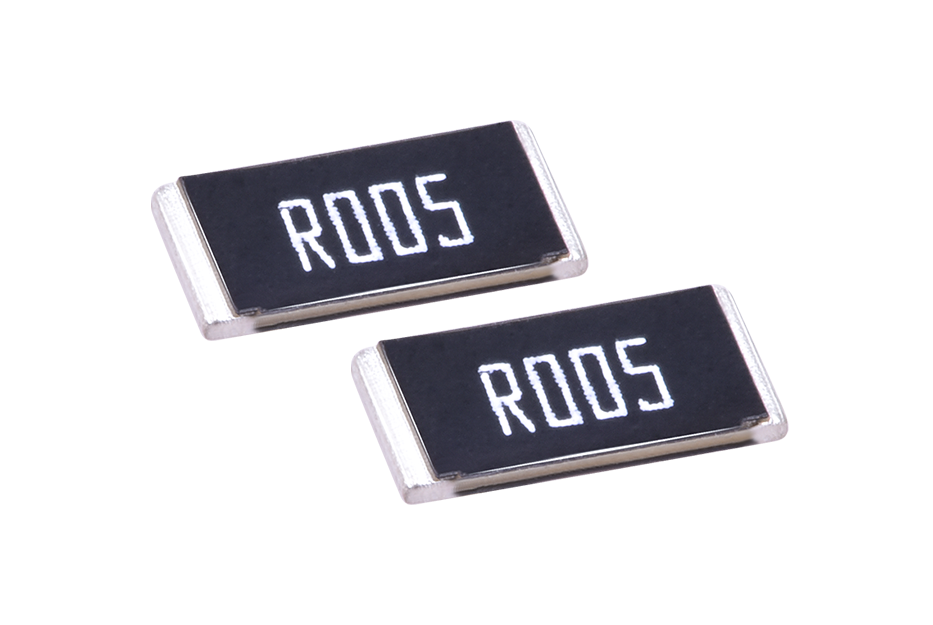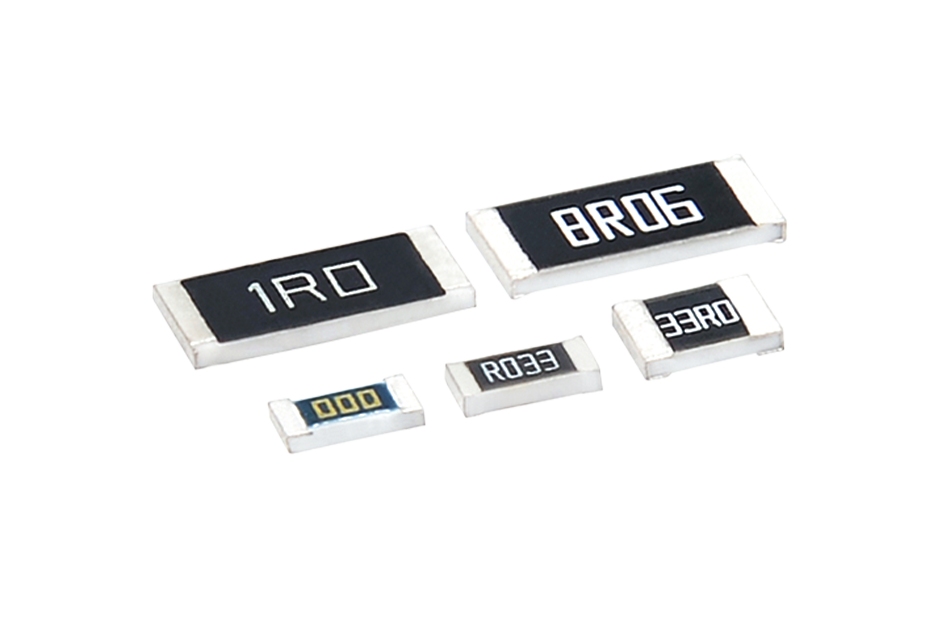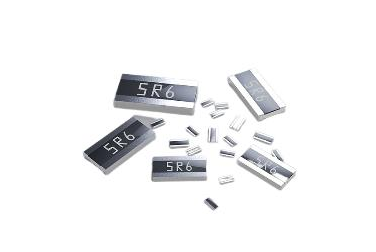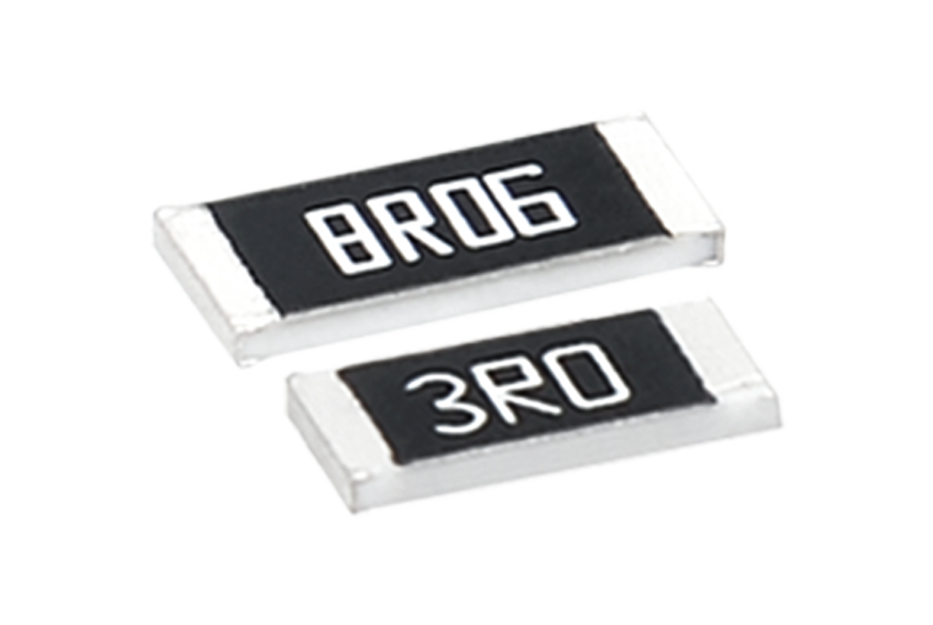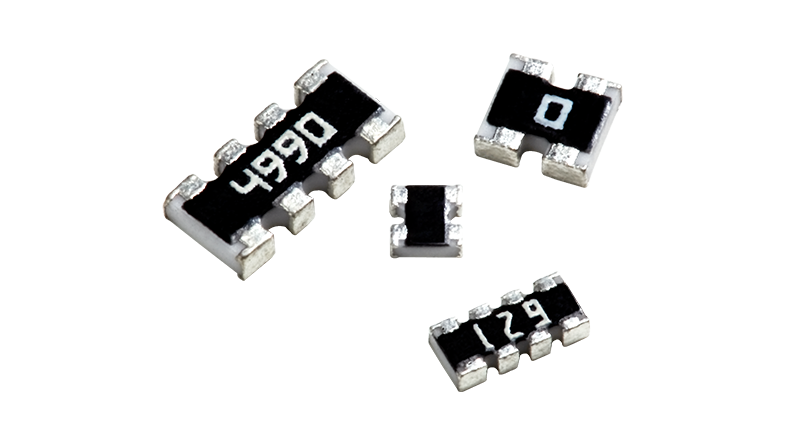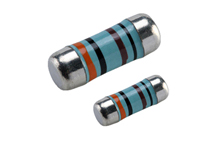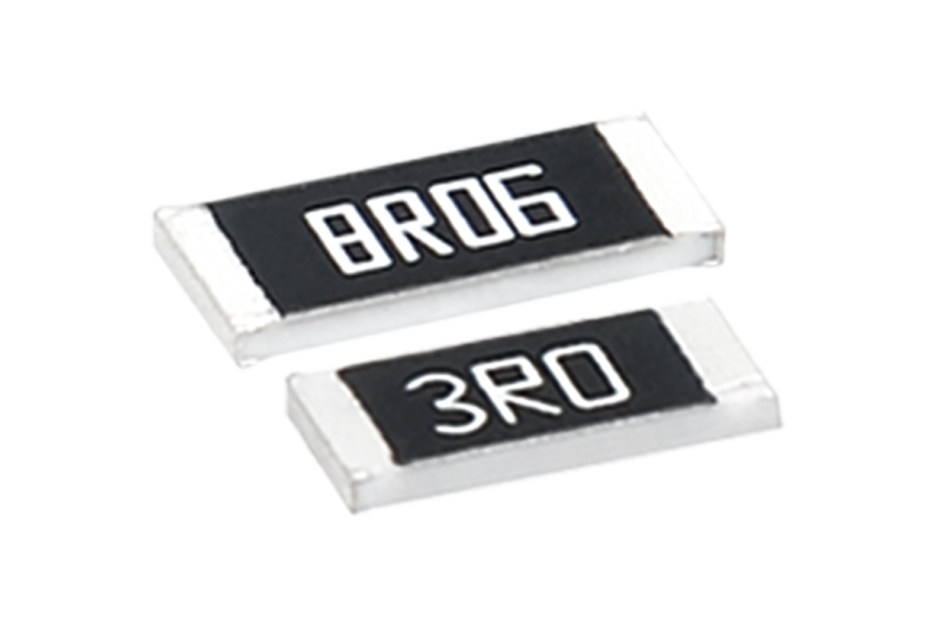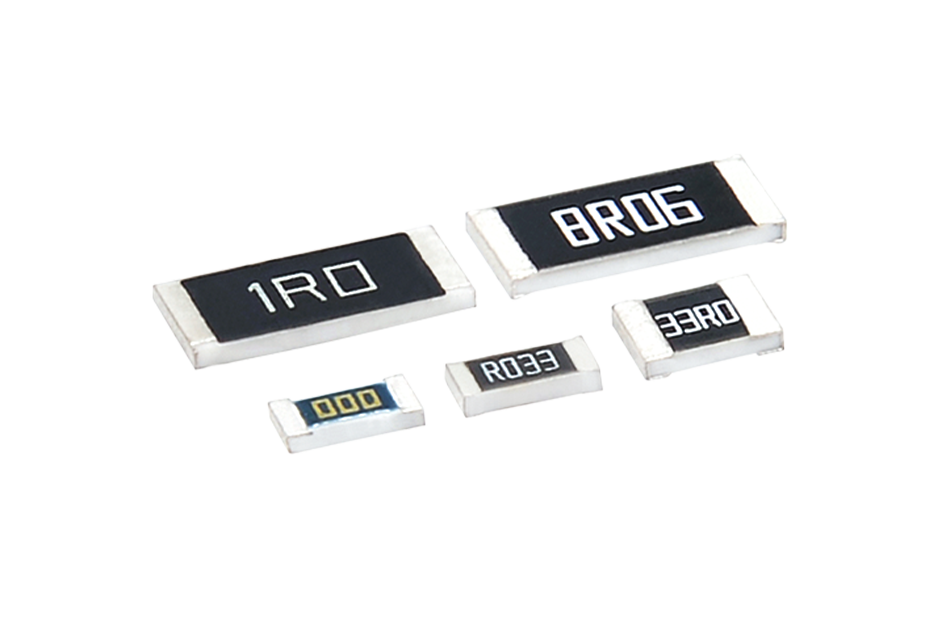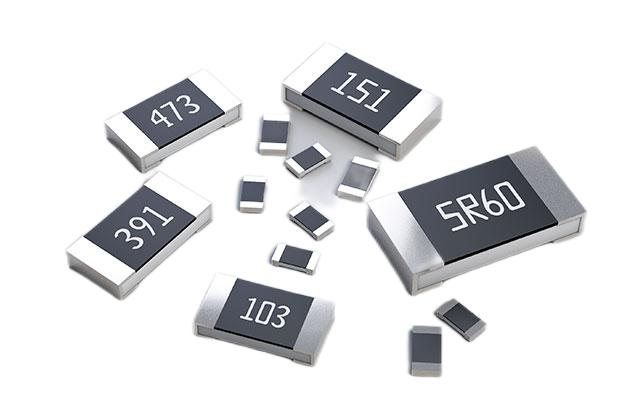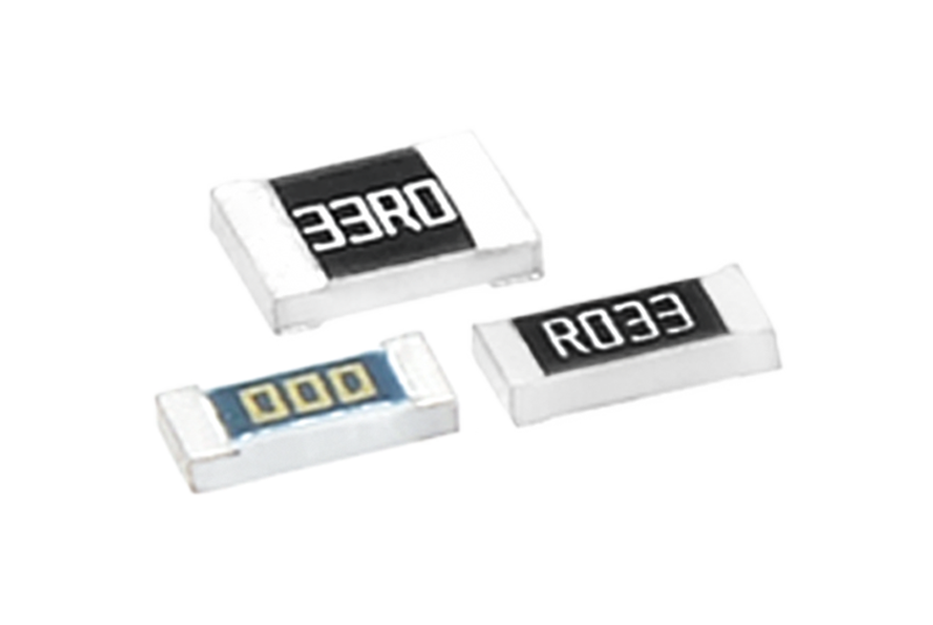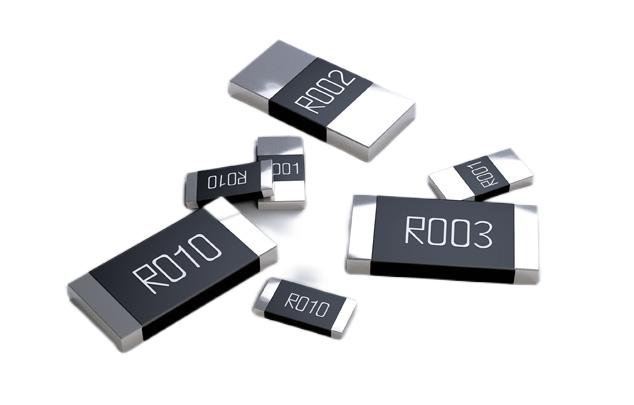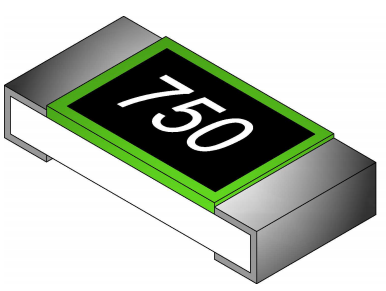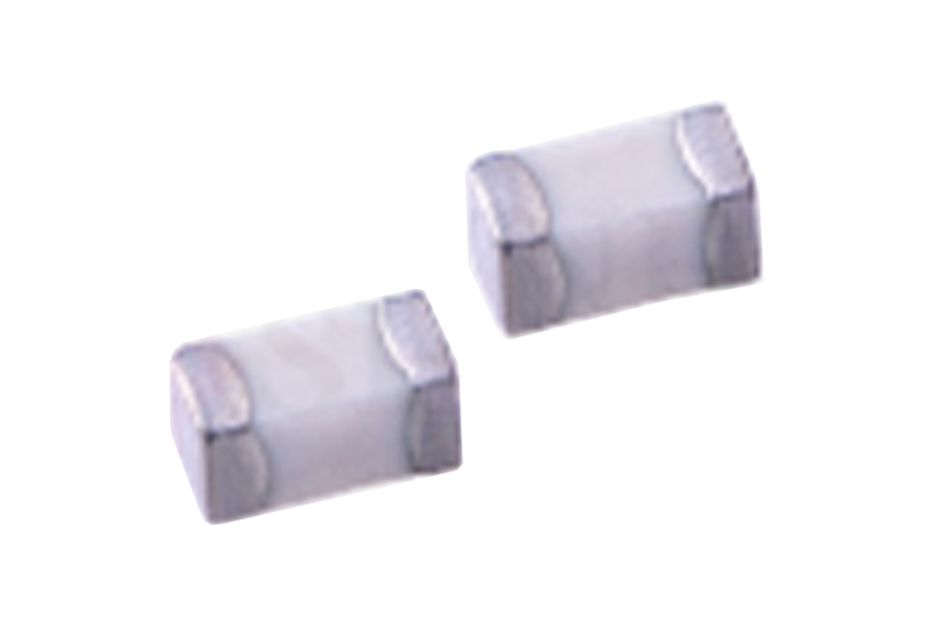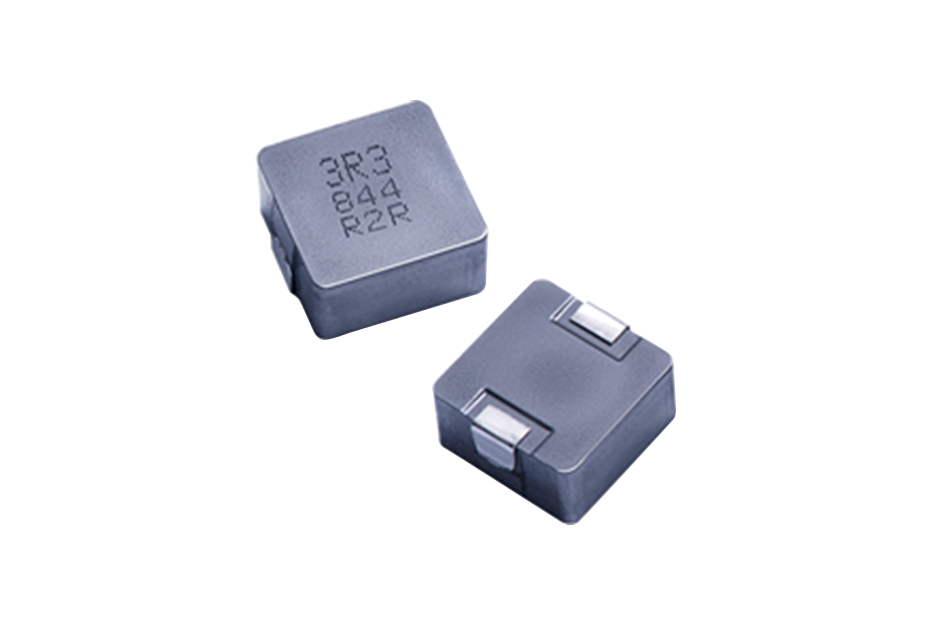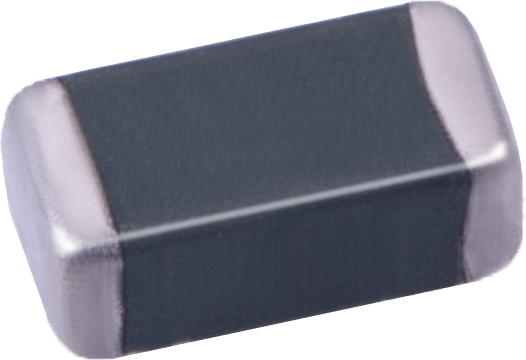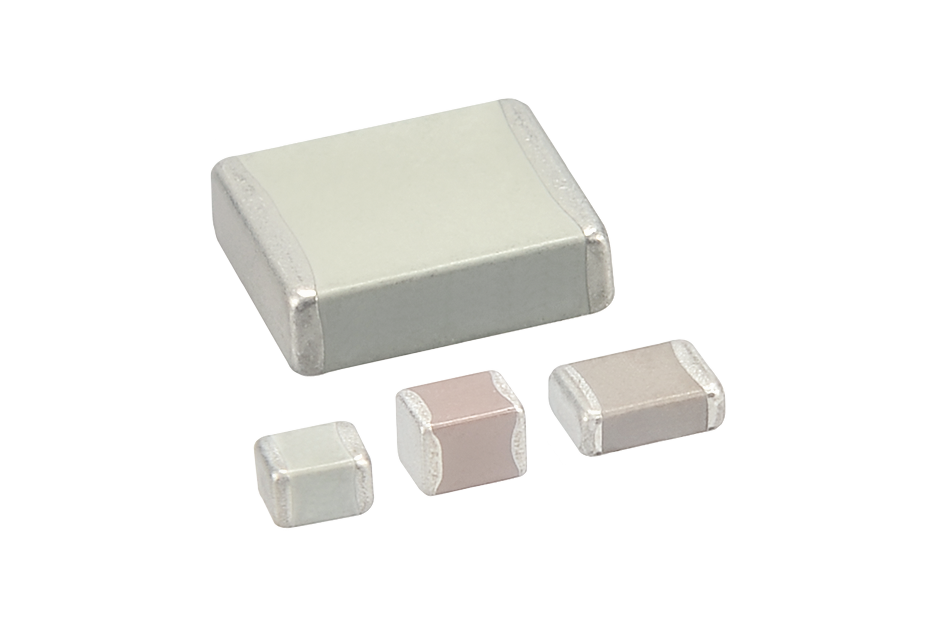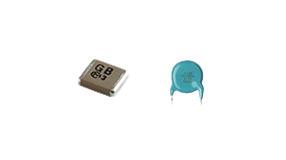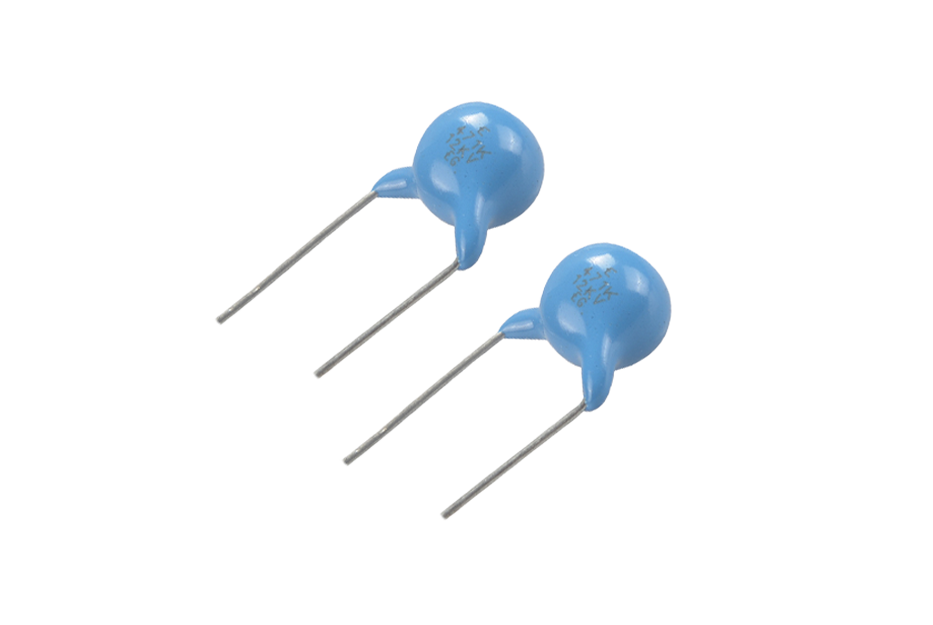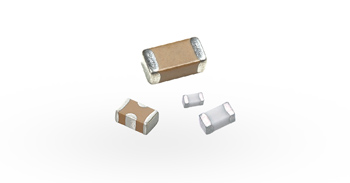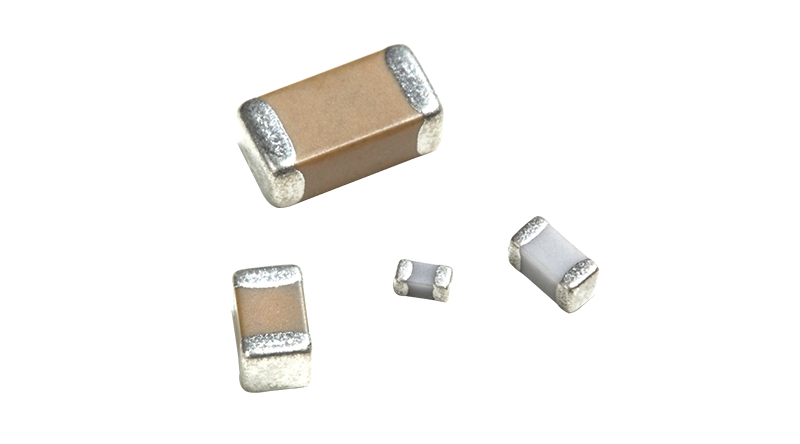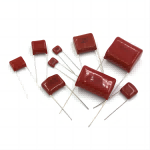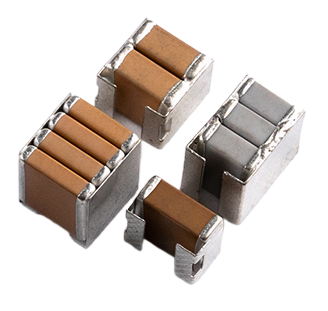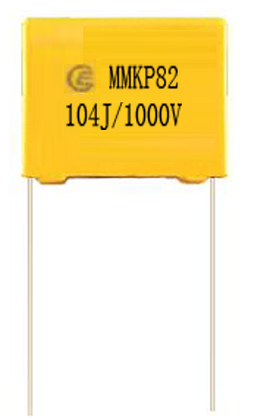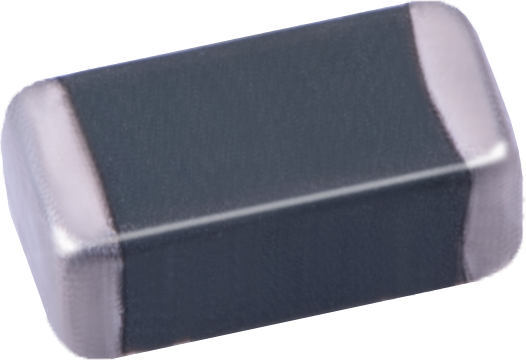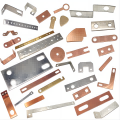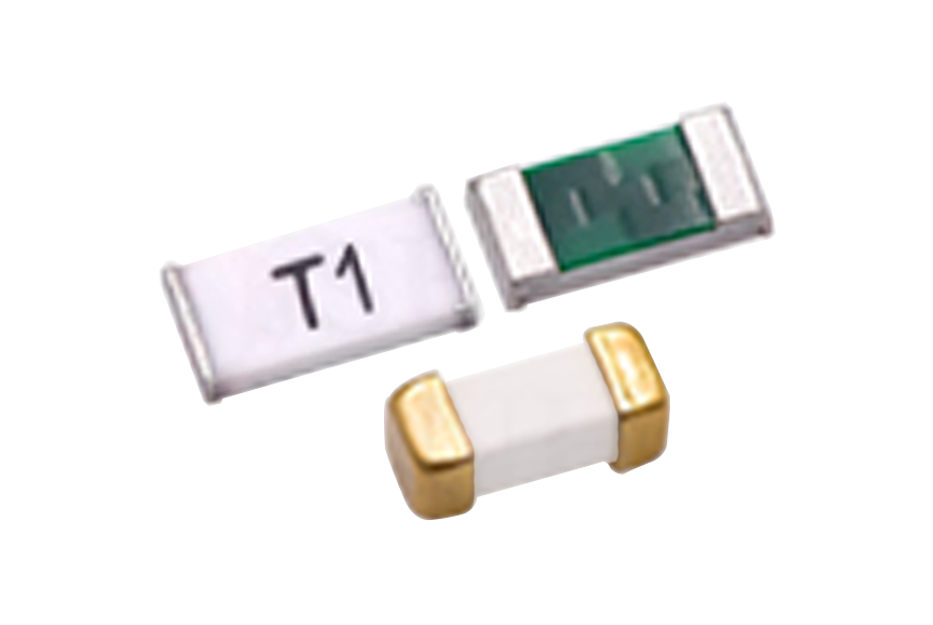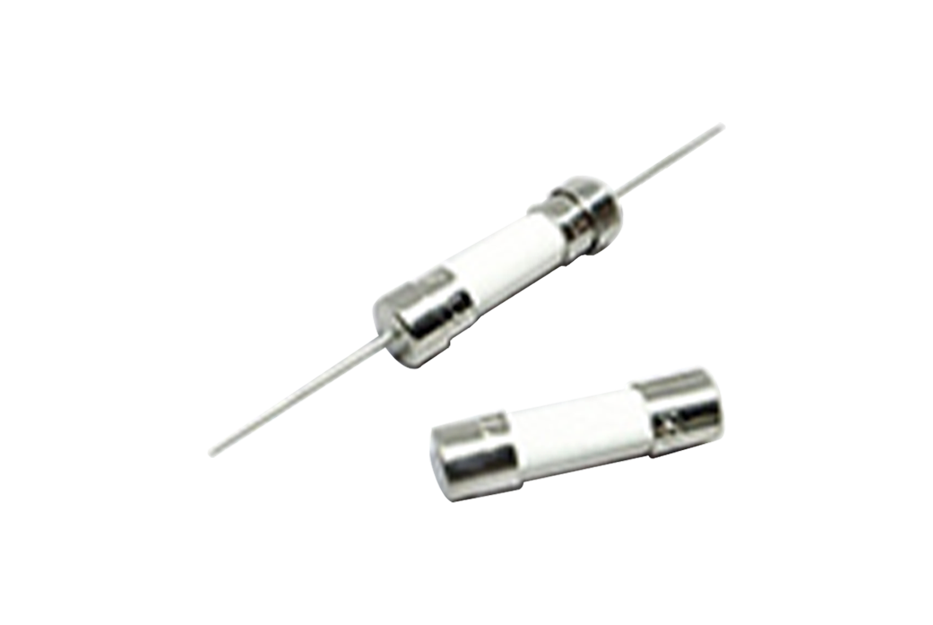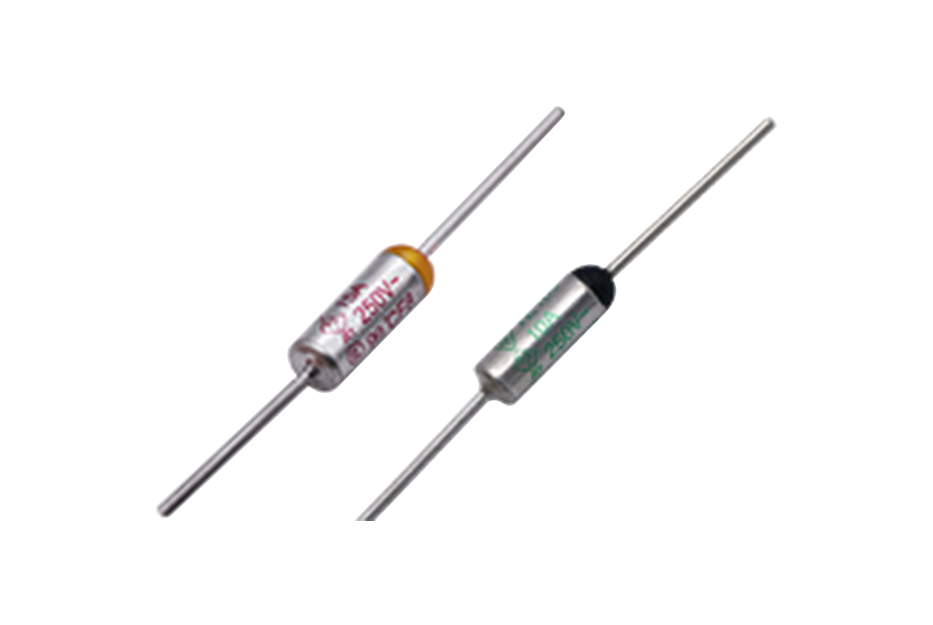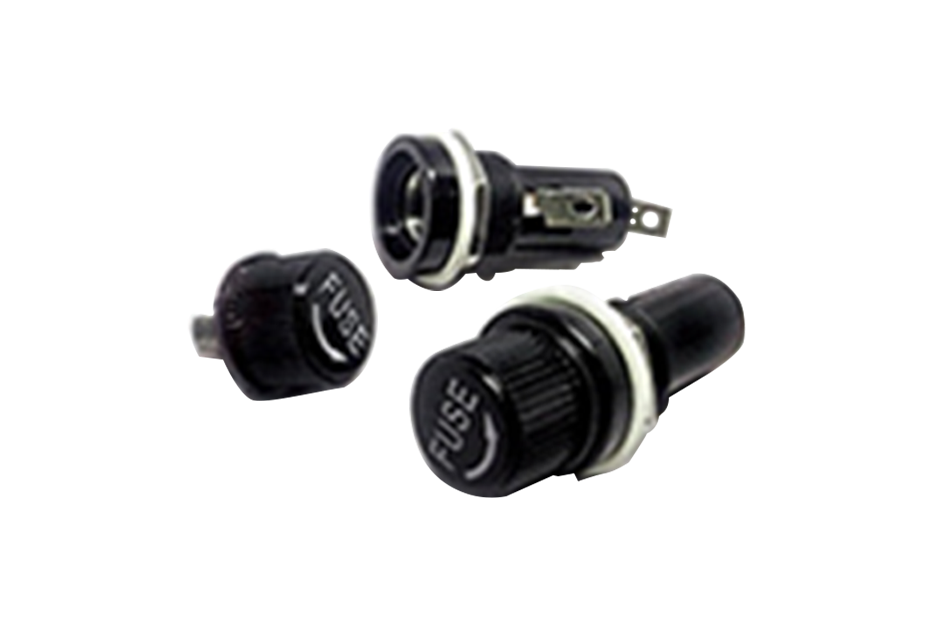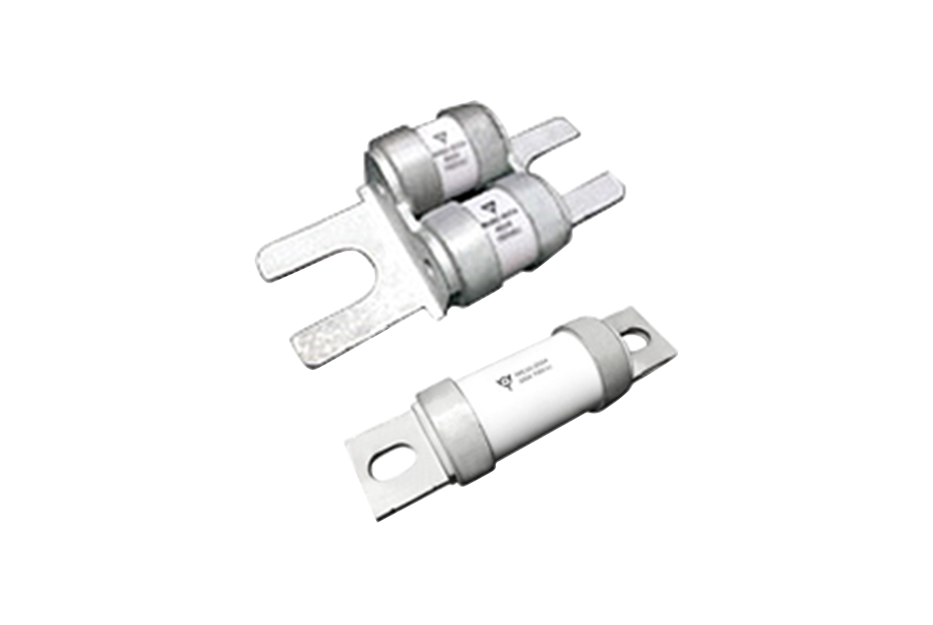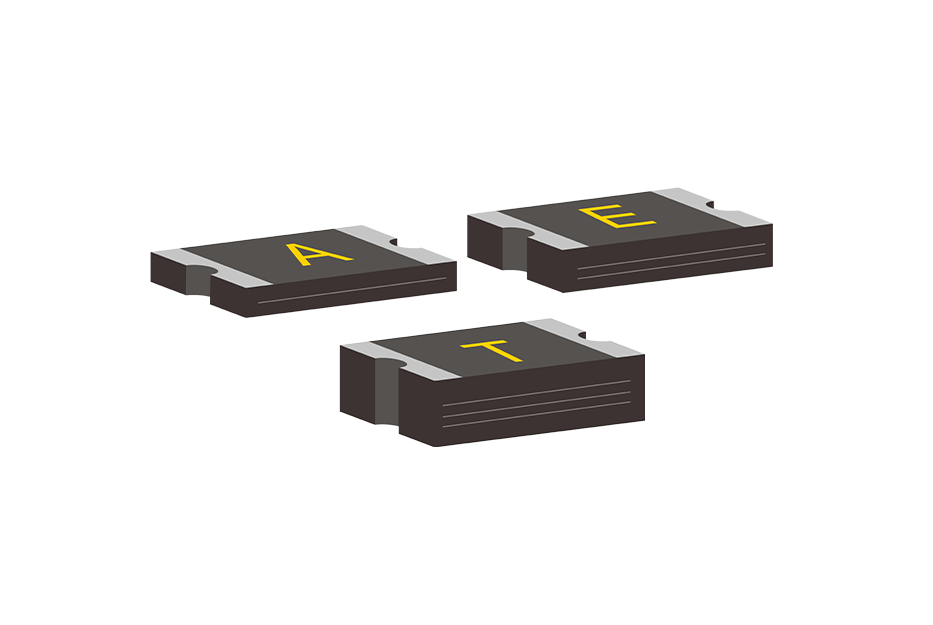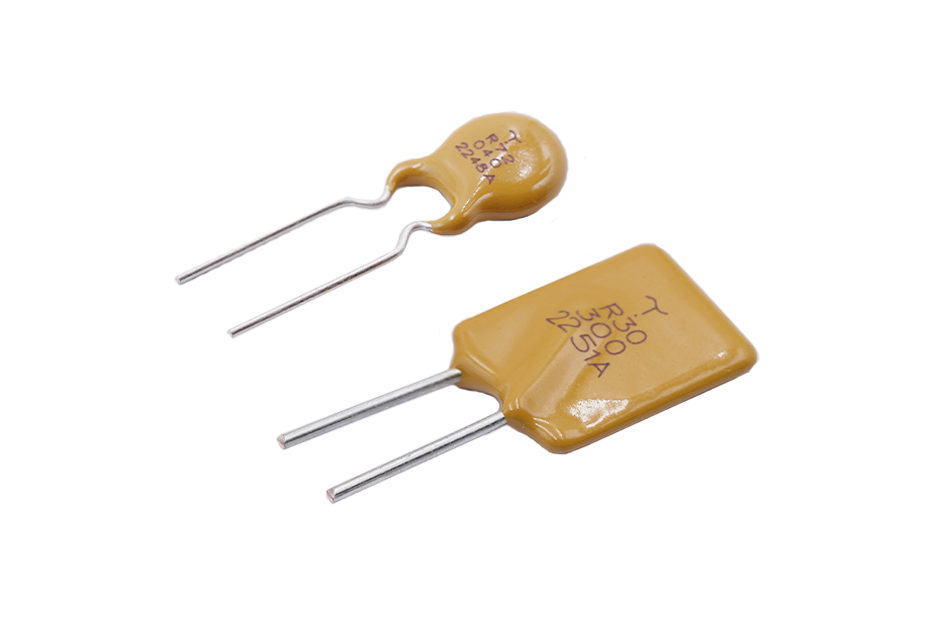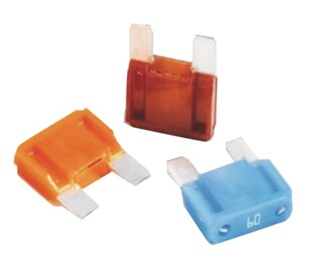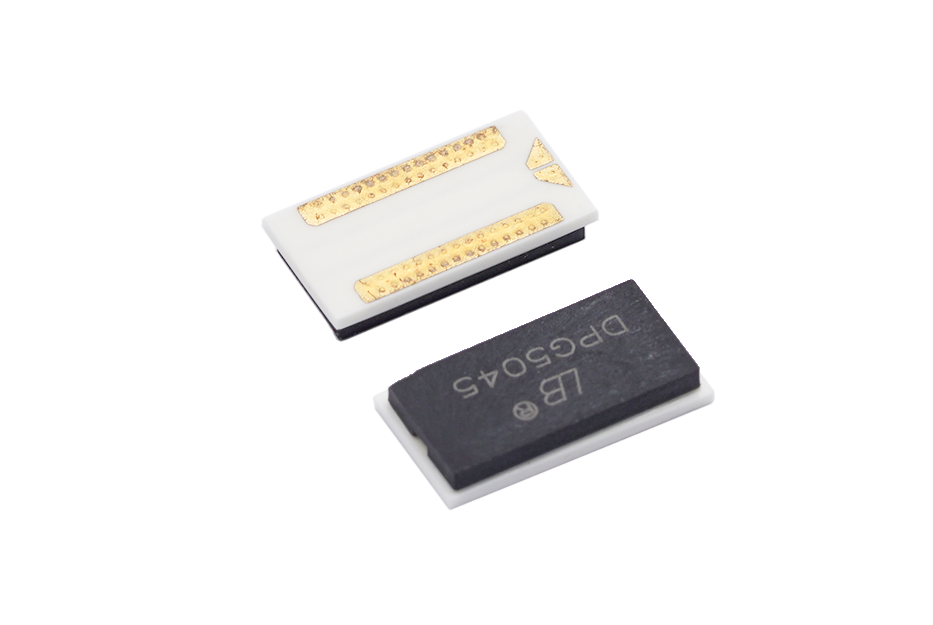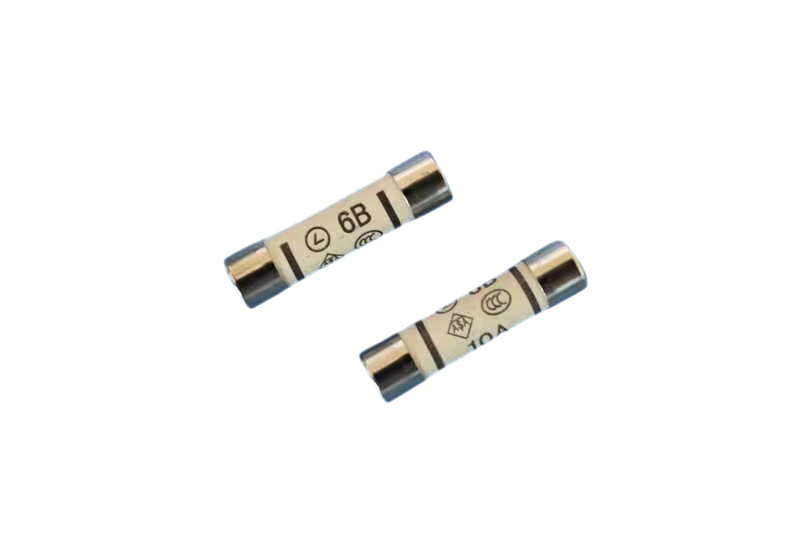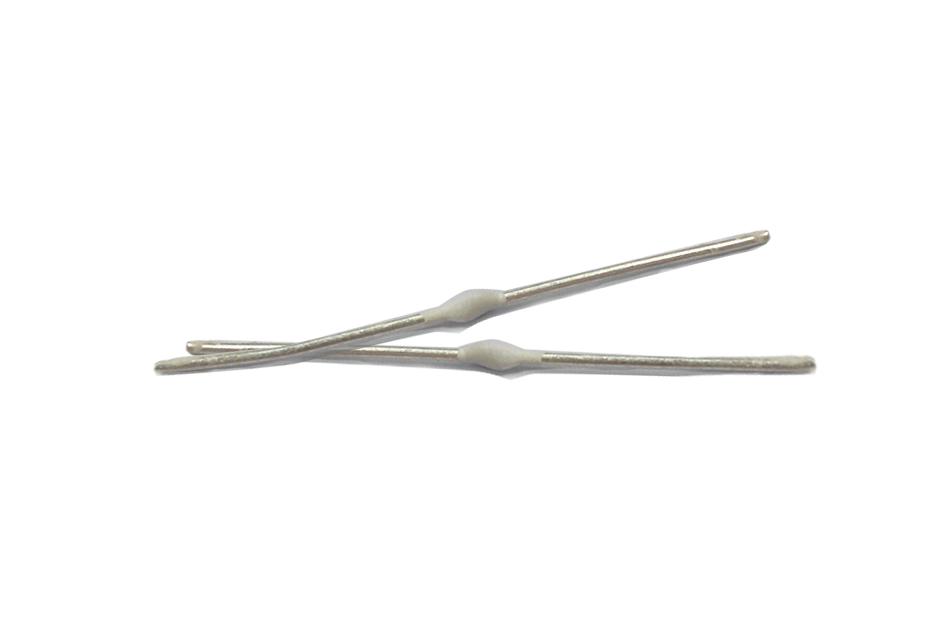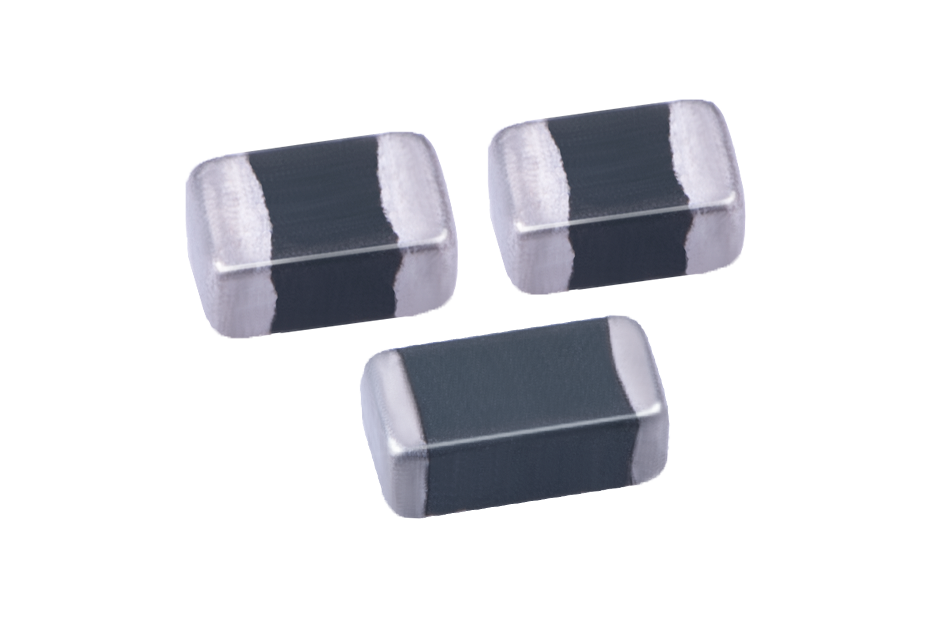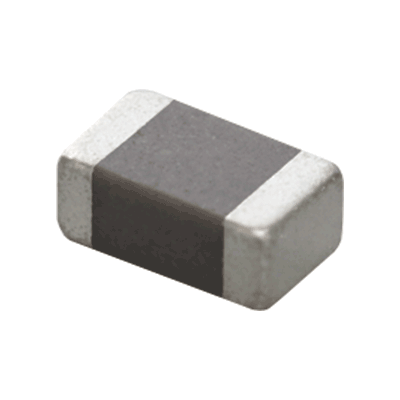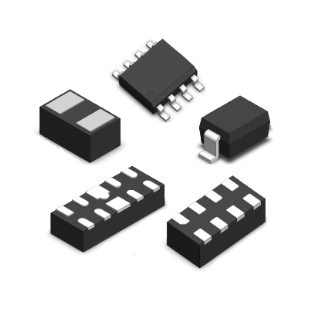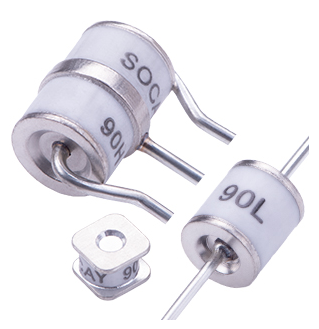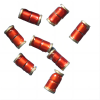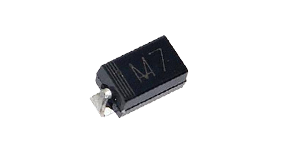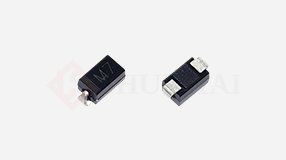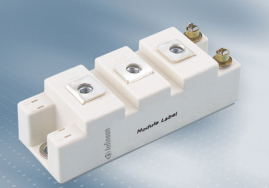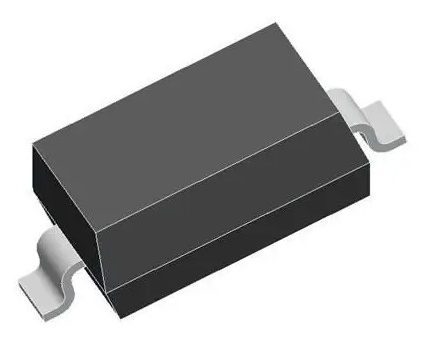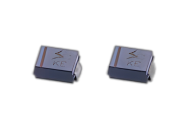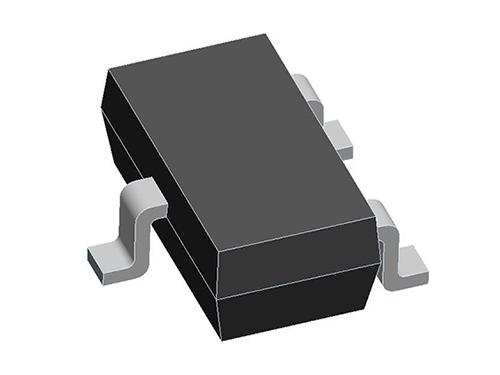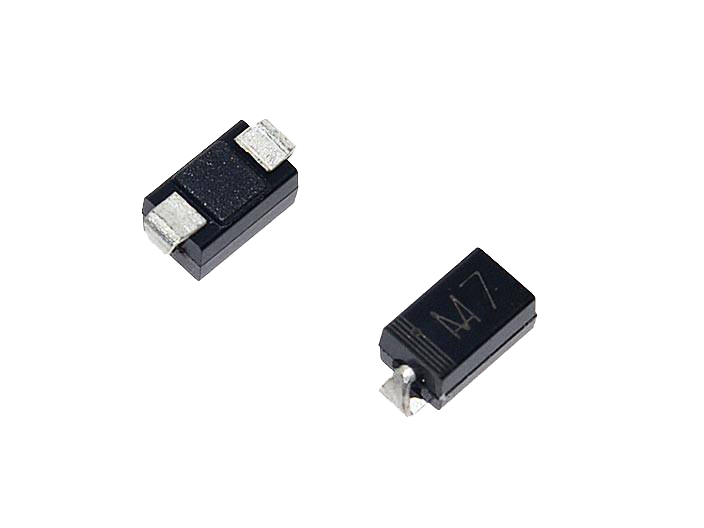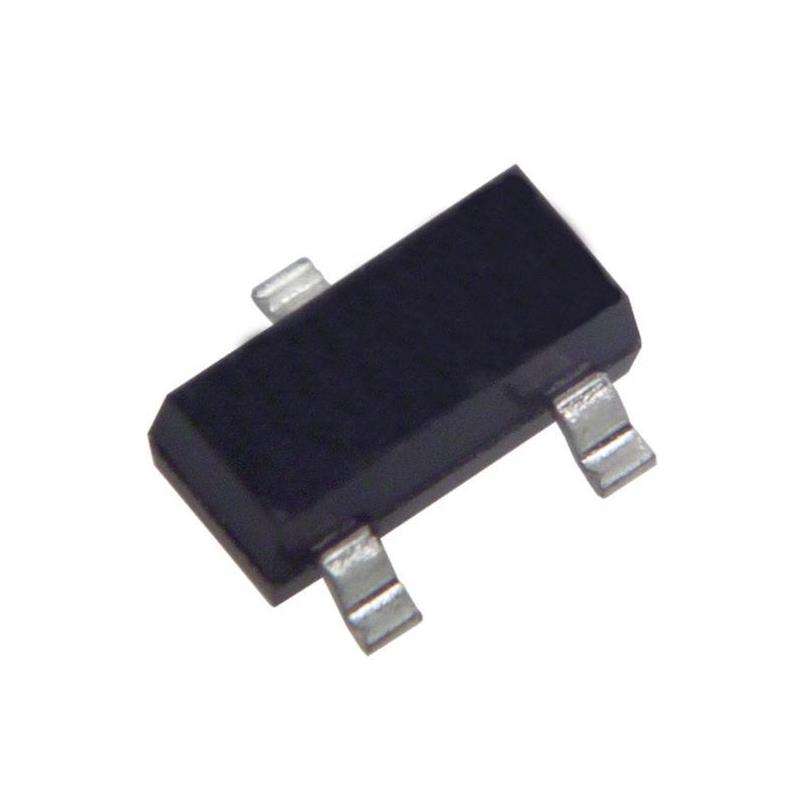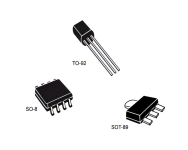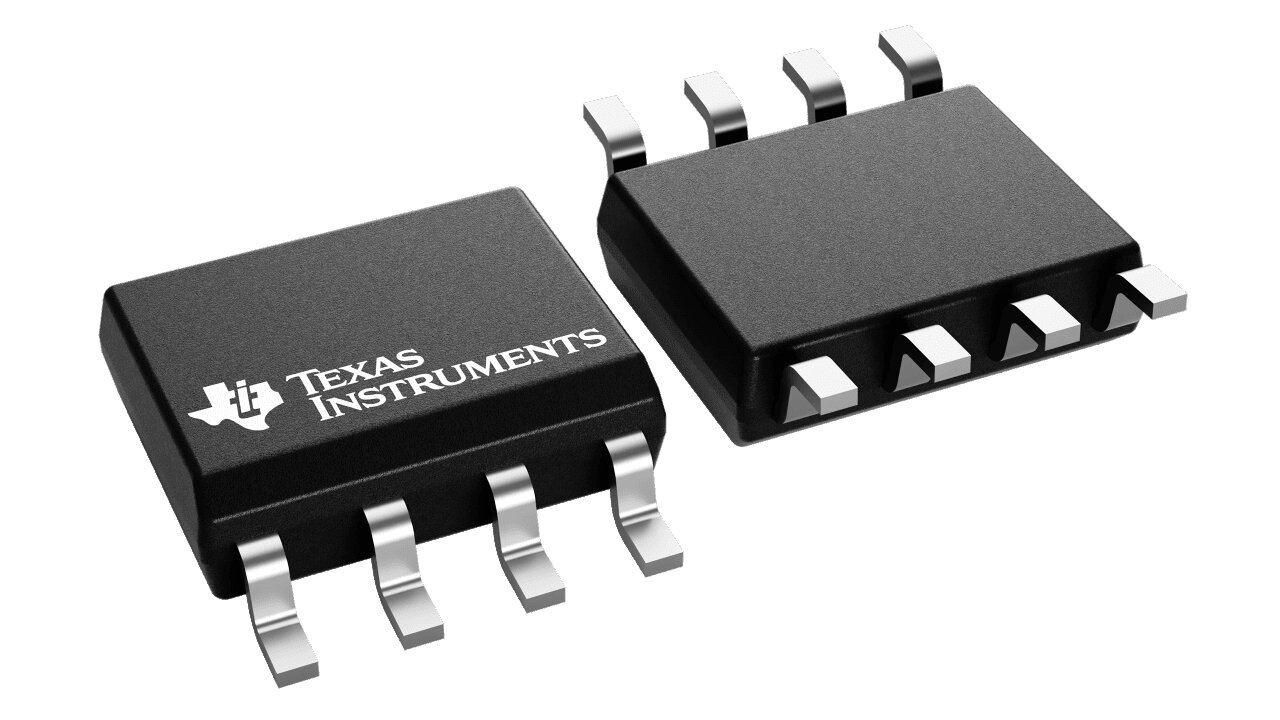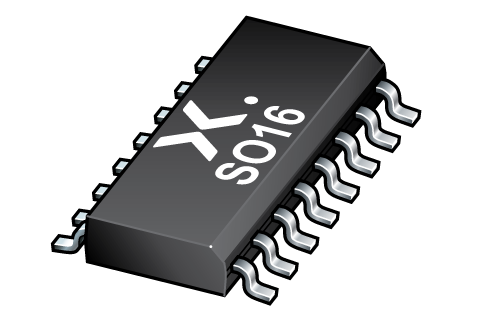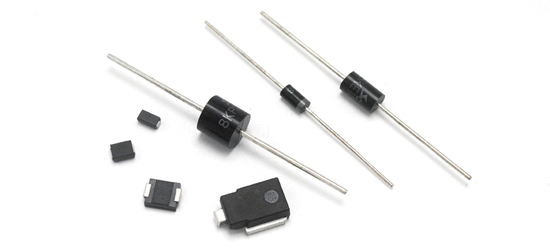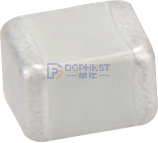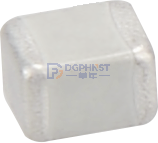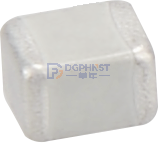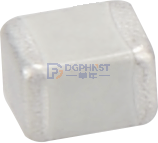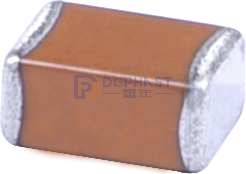Heat resistant active ceramic materials for waste gas treatment
Murata Manufacturing Co., Ltd. applied the material design technology of ceramic capacitors and developed Murata's first heat-resistant active ceramic material for waste gas treatment. Through previous application examples, it has been confirmed that using active ceramics made from this material can reduce fossil fuel consumption by up to 53.0% (2) in the treatment of VOC (1) and other waste gases.
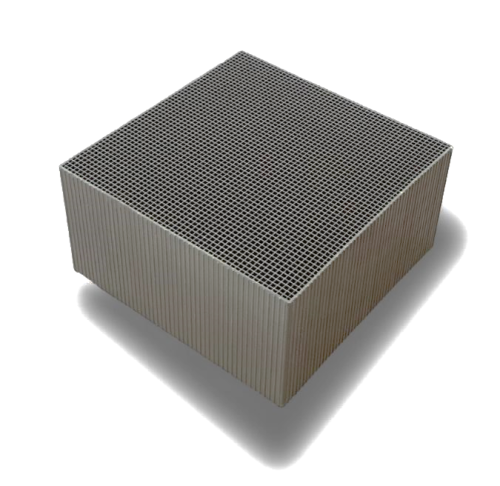
The material has started mass production, and the active ceramics used for waste gas treatment using this material have been manufactured and sold by Chinese catalyst manufacturer Shanghai FT Technology Co., Ltd.
In recent years, the manufacturing industry has been required to take strengthened measures to reduce the impact of corporate activities on the natural environment. One of them is to treat the exhaust gas generated during factory production activities.
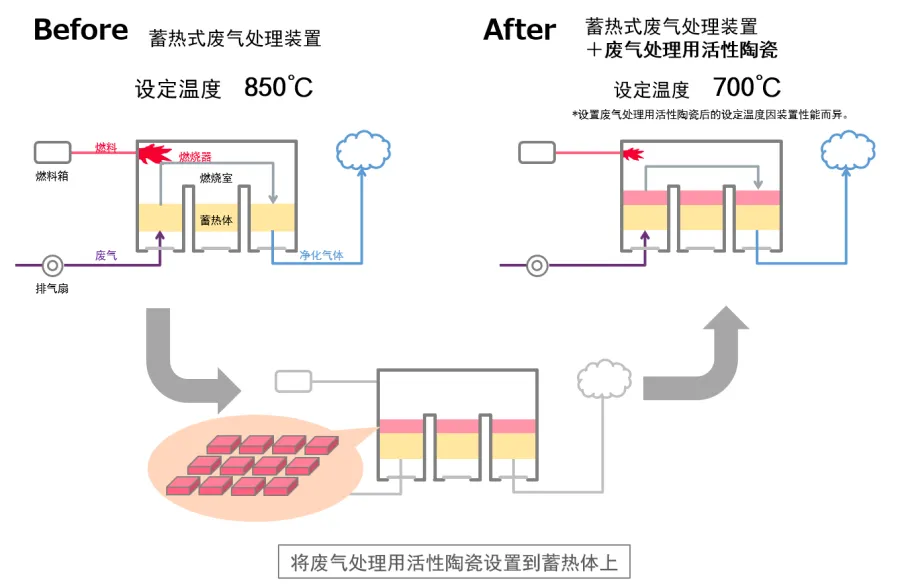
Equipment schematic diagram
If the waste gases such as toluene, xylene, and ethyl acetate emitted by factories are discharged into nature, it will cause damage to biological health and may also cause damage to the natural environment. Therefore, a thermal storage combustion type waste gas treatment device (RTO (3)) is usually used, which is heated to hundreds of ℃ by a burner using natural gas as fuel for decomposition treatment. However, this process, accompanied by energy consumption and CO2 emissions, will have negative impacts on other environmental issues such as climate change.
Generally speaking, catalysts containing precious metals such as palladium and platinum are used as a method to reduce thermal energy loss during exhaust gas treatment. These precious metals can generate chemical reactions that promote the decomposition of waste gas, so using them as catalysts can lower the set temperature of the waste gas treatment device. Although there are currently examples of using such precious metal catalysts, they inevitably deteriorate due to heating in exhaust gas treatment devices.
Therefore, Murata developed the material design technology for ceramic capacitors. It adds active elements that promote VOC decomposition reaction to the high heat-resistant ceramic structure, and even if the temperature of the combustion chamber exceeds 850 ℃, thermal degradation will not occur. Therefore, even if the temperature rises due to concentration fluctuations, it can still be used safely and efficiently.
The material has started mass production, and F-Tech, a Chinese industrial catalyst manufacturer, is processing and selling active ceramics for waste gas treatment devices (4). This type of active ceramic for waste gas treatment has been introduced in Murata's factories (2 in Wuxi, China, 2 in Shiga, Japan, and 1 in Shimane, Japan) and factories of external cooperative enterprises. It has been confirmed that it can reduce the natural gas consumption of burners during the treatment process by 53.0%. Based on this result, Murata plans to comprehensively promote the use of active ceramics for waste gas treatment in the domestic and foreign bases under the group. It is expected that a total of 10 units (including 5 already introduced) will be put into operation by the end of 2024.
main features
1. Excellent heat resistance, capable of handling high concentration waste gas
The structure of the material is filled with active elements, so it will not deteriorate even in high temperature environments. It can withstand high temperatures during combustion of high concentration exhaust gas. Therefore, this material can be used in devices that cannot use traditional catalysts, further reducing its impact on the environment.
2. Reduce fossil fuel consumption
By using activated ceramics coated with this material for waste gas treatment, the set temperature of the waste gas treatment device can be lowered, the heat recovery rate and self ignition rate can be improved, thereby reducing the fuel used for burner heating and the CO2 emissions generated by the fuel. This will help reduce the greenhouse gas (GHG) emissions from Scope 1 (5) that have been difficult to reduce.
Main specifications
|
shape |
honeycomb |
|
size |
100×100×50tmm、150×150×50tmm |
|
Number of units |
100cpsi、200cpsi |
|
Working temperature range |
Short term (3 hours)~1000 ℃; Long term (3 years)~850 ℃ |
|
Product lifespan |
3 years, 1-year shelf life (7) |
|
Reason for deterioration |
Various toxic components such as sulfur, halogens, organophosphorus, and organosilicon |
Main uses
Painting processes for automobiles, motorcycles, railways, ships, heavy machinery, and various component manufacturing
Multi variety manufacturing processes for printing, electronic components, chemistry, etc
Introducing examples

Coating process for commercial vehicle wheel hubs
Introduction of Enterprise 1: Henan Boai Strong Wheel Manufacturing Co., Ltd. (Henan Province)
Applicable process: Coating process for commercial vehicle wheel hubs
Problem: The main component of exhaust gas is ethyl acetate. The exhaust gas concentration is low but fluctuates greatly, so the combustion chamber temperature is set high (850 ℃) during treatment, but the fuel consumption is high, with an annual fuel cost of 500000 yuan (LNG). The processing air volume is 38000N ³/h, and the exhaust gas concentration at the outlet is about 30mg/m3 or less.
Solution: In February 2021, active ceramics for waste gas treatment were introduced into RTO. While confirming compliance with emission standards, lower the combustion chamber temperature to 700 ℃.
Introduction effect: achieved a fuel reduction rate of 53.0%. Especially during high load operation with high exhaust gas concentration, it can self ignite, achieving a significant fuel reduction rate. After its introduction, it has been used continuously for three years and has been running steadily.
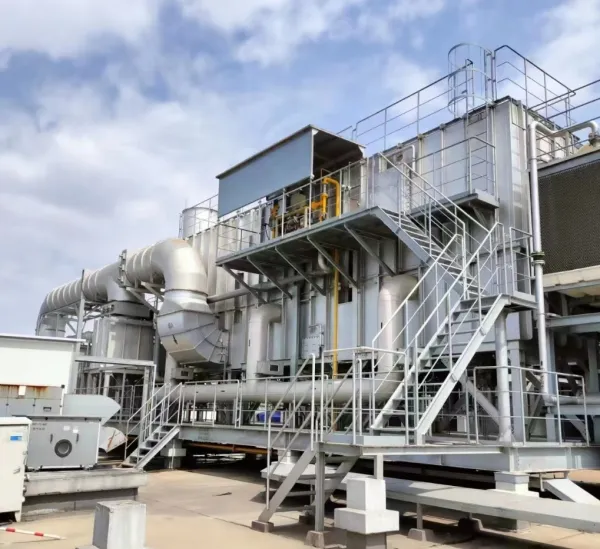
Degreasing process of electronic components
Introduction of Enterprise 1: Wuxi Murata Electronics Co., Ltd. (Xinwu District, Wuxi City, Jiangsu Province)
Applicable process: degreasing process for electronic components
Problem: Low exhaust gas concentration and large fluctuations. In order to comply with regulations, the combustion chamber temperature of RTO is set to up to 870 ℃ to reduce outlet concentration, resulting in high fuel consumption of RTO. The annual fuel cost is 1.65 million yuan (LNG). The processing air volume is 44000N ³/h, and the exhaust gas concentration at the outlet is about 5-10mgC/m3.
Solution: In May 2021, the active ceramics used for waste gas treatment will be put into RTO. While confirming compliance with emission standards, lower the combustion chamber temperature to 750 ℃.
Introduction effect: The fuel reduction rate reaches 38.2%. After its introduction, it has been continuously used for 2 years and 9 months and has been running steadily.
Murata will continue to be committed to developing technologies and commodities that support natural environment protection in the future, while actively utilizing the results obtained within the company to promote environmental management and contribute to achieving sustainable social development.
Comment:
The abbreviation for Volatile Organic Compound. After being released into the atmosphere, it can cause pollution, which may lead to health problems and environmental pollution.
-
Compare the average fuel consumption over a certain period with Murata's standard.
The abbreviation for Regenerative Thermal Oxygen.
A ceramic material placed in an exhaust gas treatment device to improve energy efficiency during exhaust gas treatment.
In the total greenhouse gas emissions generated by business activities, the greenhouse gas emissions directly emitted by enterprises through burning fossil fuels are included. The greenhouse gases emitted by other companies in the process of generating electricity, heat, steam, etc. for supply are called Scope2, while the greenhouse gases emitted by other companies in the supply chain in component production and logistics are called Scope3.
The abbreviation for Greenhouse Gas.
Like traditional catalysts, if the concentration of toxic components in the exhaust gas is high, the active ceramic cannot be used because it will deteriorate in a short period of time.

